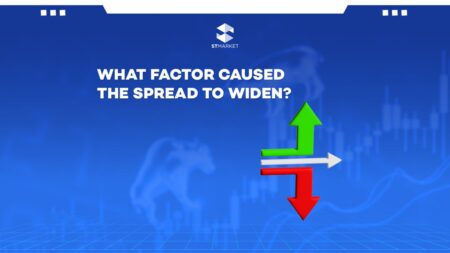Ever notice how we don’t always get the price we want? It is either a bit higher or a bit lower than the prices we set. Let’s say that you want to buy at the price of 1.25254; however, the price you enter the market is at 1.25301 instead. Encountering a price that’s slightly different from your desired target is what we call the concept of “spread.” So what is spread? As mentioned last time, spread refers to the difference between the bid price (the highest price the buyer is willing to pay) and the asking price (the lowest price the seller is willing to accept) for any underlying assets. As shown below, we as a price taker (individual investors) will buy the underlying assets at the ask prices while selling them at the bid prices, and vice versa for the market maker. So what happens when the spread is too big? The simple answer: you will get the price that you don’t want and possibly pose a threat to your pricing action and profitability. There are various factors that could potentially lead to widening the spread, such as: Market Volatility: factors such as uncertainty in economic conditions, intervention from the central bank and government, and geopolitical tension that forces fear in the investor are the main contributions. Low Liquidity: as the markets are left out, that could lead to low liquidity in the market, making the spread widen even further. Market Maker Behavior: Some markets intentionally widen the spread aiming to increase the profit. Technological errors, such as slippages that result from malfunctions, can disrupt trading activities. What happens when the spread widens?

